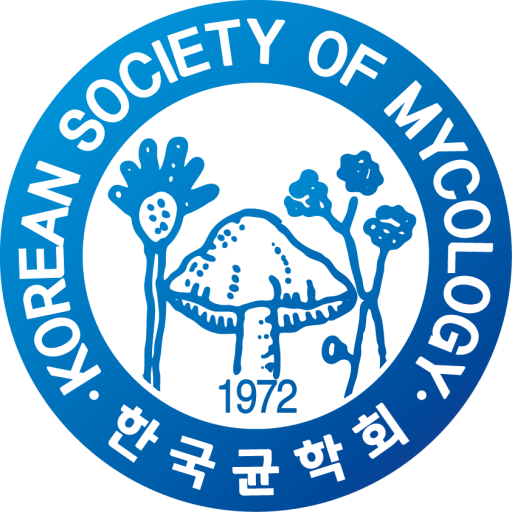Identification of Colletotrichum sp. in the C. gloeosporioides species complex, a pathogen responsible for anthracnose on Osmanthus heterophyllus in South Korea
Hee-Gyu Woo, Yong-Ho Kim and Dong-Hyeon Lee*
Department of Environment and Forest Resources, Chungnam National University, 99 Daehak-ro, Yuseong-gu, Daejeon 34134, Republic of Korea
*Email: donghyeon.lee@cnu.ac.kr
Osmanthus heterophyllus,an evergreen broad-leaved shrub known as false holly, is commonly found in southern coastal areas of South Korea. In May 2024, distinct anthracnose symptoms, including dark, depressed, irregular lesions, were observed on the leaves of a single O. heterophyllus tree in Seongnam City, Gyeonggi Province. Conidia from surface of O. heterophyllus leaves were directly transferred onto 2% malt extract agar for isolation, and the isolates were incubated for 14 days at 25 °C. The isolates obtained in this study were used for identification and pathogenicity tests. To ensure the identity of the fungus, sequencing of selected isolate (CDH097) was made based on internal transcribed spacer (ITS), β-tubulin (BT), and partial actin (ACT)regions. Resulting sequences were subjected to BLAST analysis, and results indicated the isolate isColletotrichum sp. belonging to C. gloeosporioides complex. Phylogenetic inferences based on a combined dataset of ITS, BT, and ACT regions further confirmed its placement within the C. gloeosporioides species complex. To confirm the pathogenicity, spore suspension concentrated to 8.0×10⁵ mL-1 was sprayed onto healthy leaves of the O. heterophyllus tree, followed by superficial wounding. Symptoms identical to those observed in the field were appeared 7 days after inoculation, and the pathogen was successfully re-isolated, fulfilling Koch’s postulates. This result clearly indicates that Colletotrichum sp. obtained in this study is the causal agent of anthracnose on O. heterophyllus. However, since species-level identification of the pathogen remains incomplete, further taxonomic studies regarding formal description of Colletotrichum sp. are required to clarify its classification.

 English
English